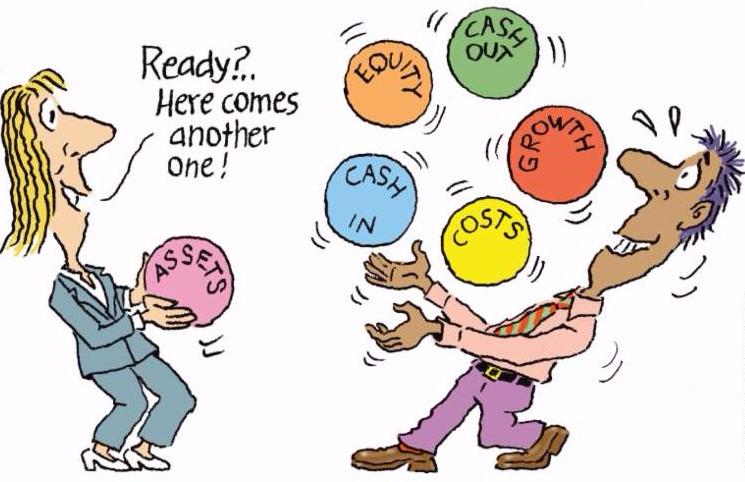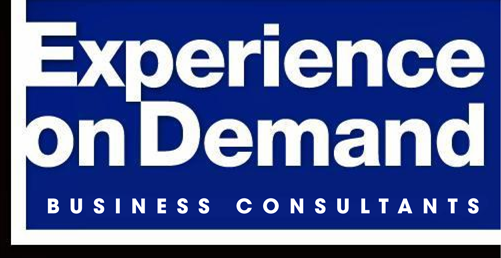By, Steve Finkelstein – Senior Partner
Finance as a Strategic Business Partner

This is the first of a three-part series on Finance and Accounting (F&A) Transformation. Many CFOs undertake transformation programs to reduce the finance organization operating cost, often as part of a broader SG&A cost reduction program. While low cost is a key characteristic of leading F&A organizations, we think transformation programs should also enable the F&A organization to play a much more significant role in achieving business strategy. We think of this aspect of transformation as moving from a transactional and compliance driven back-office focus to a strategic business partner focus.
Much has been published over the past decade on the importance of the finance organization moving beyond traditional accounting activities to help the business meet the competitive demands of globalization, disintermediation, technology and an evolving workforce. Given the central role it plays in assessing and reporting business performance and the professional expertise and business understanding required to properly perform that work, Finance is uniquely positioned to take on high-value, strategic responsibilities that other functions would not be able to effectively perform.
Strategic finance organizations spend 40% or more of their time working closely with the business doing work that enables better business performance. They provide information rather than data and they frame that information in the form of insightful observations rather than tabular reports. They understand the drivers of shareholder value and build forecasts of those drivers that integrate internal and external information that goes well beyond the data used in accounting. They employ lean techniques to support the business in driving out unnecessary cost and improving capital efficiency. They proactively identify and address issues before they become audit findings. They manage data as a corporate asset and they drive an enterprise risk management process that integrates and addresses all risk dimensions. Their expert tax staff spend at least as much time on planning as compliance. Equally important, they focus considerable attention on talent management and organization effectiveness to ensure they can effectively operate in the strategic space long term.
Most CFOs recognize the growing importance of the strategic business partner role but many struggle to make the shift as the time-critical demands of accounting, compliance assurance and financial reporting always seem to get in the way. Leading finance organizations have found a way to break through the barriers blocking the shift. They are able to provide high-quality strategic business support without sacrificing quality on the core accounting work, and they are able to do it all at benchmark-leading cost. Their organizations are living proof that “faster, better, cheaper” is possible.
The question is how to improve the efficiency, speed and quality of core finance and accounting operations to free up resources to support the business as a strategic business partner.
Breaking through the barrier often requires major improvements (transformation) in the finance and accounting processes and supportive technology, workforce capabilities and culture. Every transformation program will be unique but most programs will include:
- Establish leadership support across Finance and with the key business leaders
- Addressing cultural and operating model issues that limit the finance organization effectiveness.
- Improving process efficiency and reliability through employment of Lean Sigma techniques, automation and training
- Enhancing communications, analytical and collaboration skills for staff expected to sit at the table with the business leaders as a strategic partner
- Addressing issues in data quality, timeliness and availability
In part two of our three-part series on Finance and Accounting Transformation we will discuss how to assess your F&A organization’s current maturity as compared to leading practice using the Experience on Demand Finance Maturity Model.
